The Poop-A-Seat
The company that makes the Poop-A-Seat does not call it the Poop-A-Seat. I find my name much more fun and descriptive than theirs. The company, Cleanwaste, calls the Poop-A-Seat a very sanitary-sounding Go Anywhere Portable Toilet.
Rodney and I are bringing one with us on the Indian River Lagoon Paddle Adventure.
Rodney got us on the topic by sending an email to everyone who is participating in which he asked, “Where are we going to go?” A fair question. My response was, “Bring a trowel.” On past trips we would always dig a hole, poop into it, then bury the mess.
One of our paddlers, Kristin by name, objected to this idea. She said that the spoil islands that she paddles to around Sebastian are disgusting because of all the people who are “going” there and not burying it. I’ve certainly seen that around some of the boat ramps I use. It’s dangerous to walk into the woods. Kristin has been using the Go Anywhere Portable Toilet for years and insisted that we all use one too.
I went to the link Kristin sent me and found this description of the product:
“Enjoy dignified convenience with our safe, sturdy, thoughtfully engineered, premium quality GO anywhere portable toilet®. Our compact toilet weighs just 7 pounds and folds closed to standard briefcase size. It provides the comfort, height and ease of use of a standard toilet, supports up to 500 pounds and is stable on uneven ground. No mixing, messy chemical waste storage tanks or dump stations required. No assembly required.
“The most sanitary, safe, environmentally-friendly, portable toilet solution available-complete with toilet paper and hand sanitizer. Prevents spread of disease with no spills, splashbacks or waste contact. Our toilet kit is the ONLY biodegradable solution that traps, encapsulates, deodorizes and breaks down waste with a NASA-developed gelling agent. Use it, seal it and toss it in normal trash.
“Each Kit Includes:
- Waste bag.
- Poo Powder® gelling/deodorizing agent.
- Secure puncture-resistant zip-close disposal bag.
- Individual toilet paper.
-Hand wipe.”
So the Indian River Paddle Adventure will be using the Go Anywhere Portable Toilet, the Poop-A-Seat, thus keeping our poop out of the lagoon system. We’ll be putting the poop into the landfill.
Folded up, the seat is the size of a briefcase. We can find room for it in the canoe.
The Poop-A-Seat. Clearly, if you’re going to be going outdoors it’s an idea whose time has come. Visit Cleanwaste’s website and be the first on your block to have the latest fashionable status symbol for the real outdoorsman or outdoorswoman!
John Kumiski
www.spottedtail.com
All content in this blog, including writing and photos, copyright John Kumiski 2013. All rights are reserved.
|


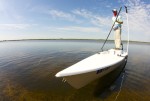
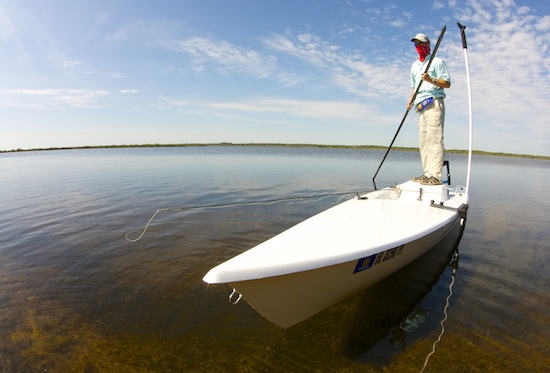
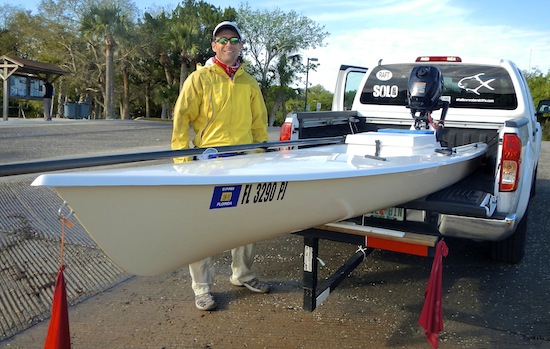
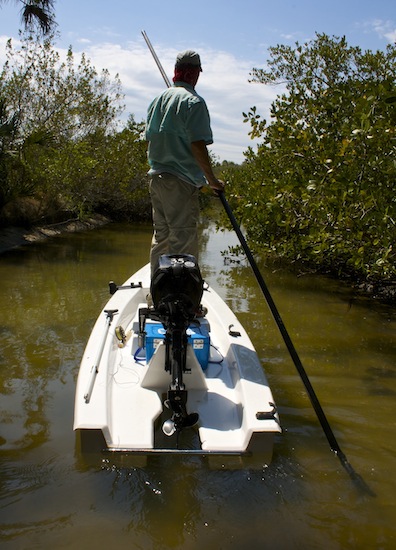
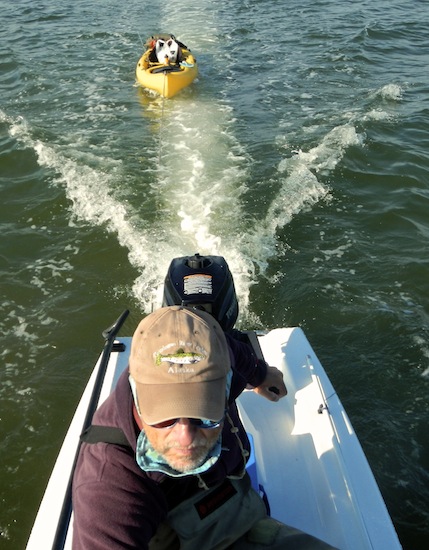
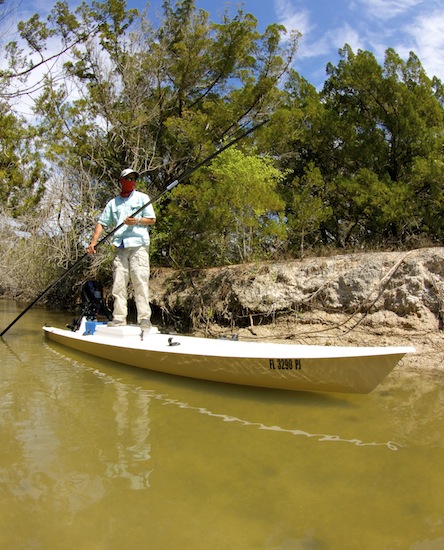
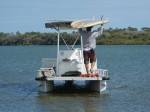
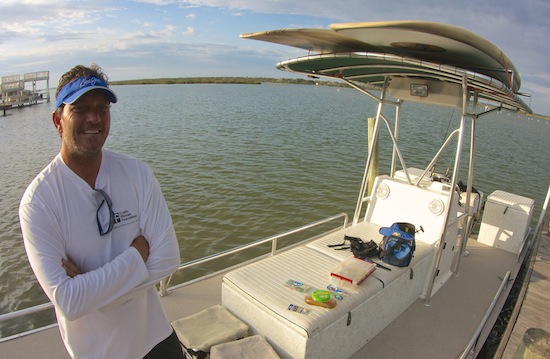
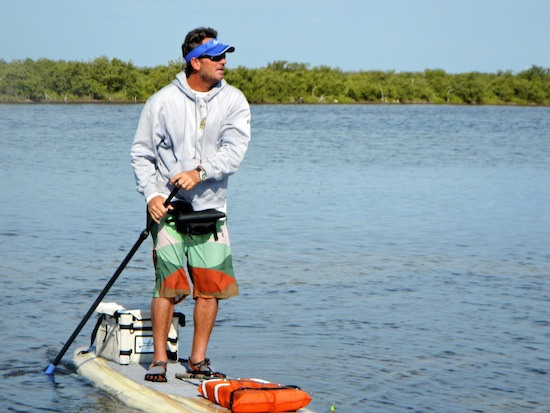
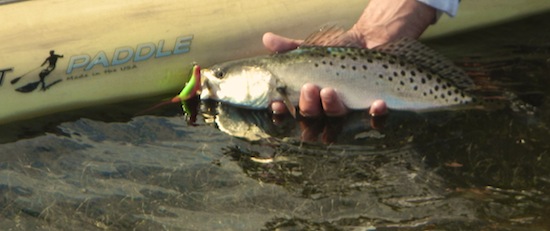
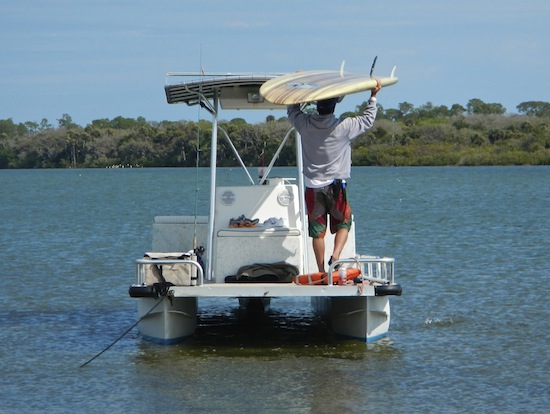
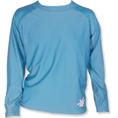




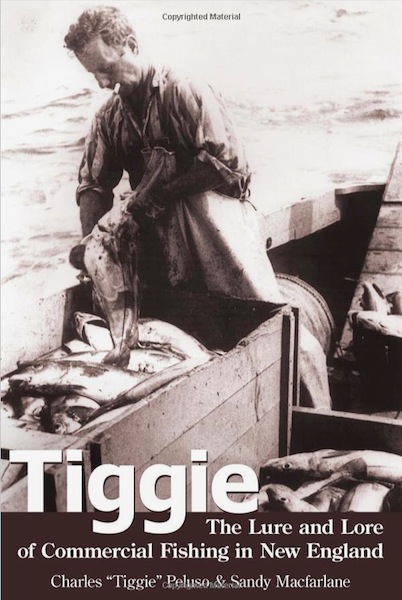
Recent Comments